The São Francisco Cultural Centre, located in the Historic Centre of João Pessoa, Paraíba, is one of the most important historical and cultural landmarks of the city.
This architectural complex is a significant example of Baroque art in Brazil and includes the Church of São Francisco and the Convent of Santo Antônio.
Details of the São Francisco Cultural Centre
1. The history
- Construction of the complex began in 1589, but the current church was begun in 1708 and completed in 1770.
- The complex was founded by the Franciscans and is a testimony to the religious and cultural influence of the Franciscan Order in the region during the colonial period.
2. Architecture and art
- The predominant style is Baroque, with Rococo influences in the ornamentation and decorative details.
- The church is famous for its richly decorated altars, gilded woodwork and panels of Portuguese tiles depicting scenes from the Bible and the life of St Francis.
- The ceiling of the main nave has an impressive perspective painting that creates the illusion of depth.
3. Components of the complex
- Church of St Francis
- Convent of St Anthony
- Chapel of the Third Order of St Francis
- Chapel of St Benedict
- Chapel of the Third Order (known as the Golden Chapel)
- Cloister of the Third Order
- a fountain and a large cemetery with a cross, which is one of the most remarkable Baroque legacies in Brazil.
4. Cultural Importance
- The São Francisco Cultural Centre is one of the best examples of Brazilian colonial architecture and attracts tourists and scholars from all over the world.
- It is a place of great historical importance, representing the cultural and religious heritage of Paraíba and Brazil.
- The complex is often used for cultural events, including classical music concerts and art exhibitions.
5. Guided Tours
- The San Francisco Cultural Centre is open to the public for guided tours that provide an insight into the history and art of the site.
- It is advisable to check opening times and availability of guides before planning your visit.
The São Francisco Cultural Centre is undoubtedly a must for anyone visiting João Pessoa, offering a rich cultural and historical experience through its impressive architecture and artistic collection.
6. History Video

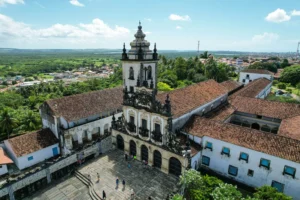
Centro Cultural São Francisco em João Pessoa03:19

Centro Cultural São Francisco - Reportagem05:56
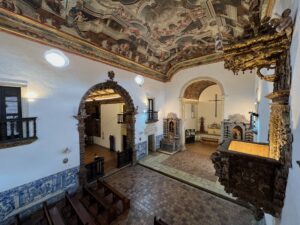
História da Igreja São Francisco em João Pessoa09:29
See also João Pessoa in Paraíba – Tourist Attractions and Historic Centre.
7. Pictures
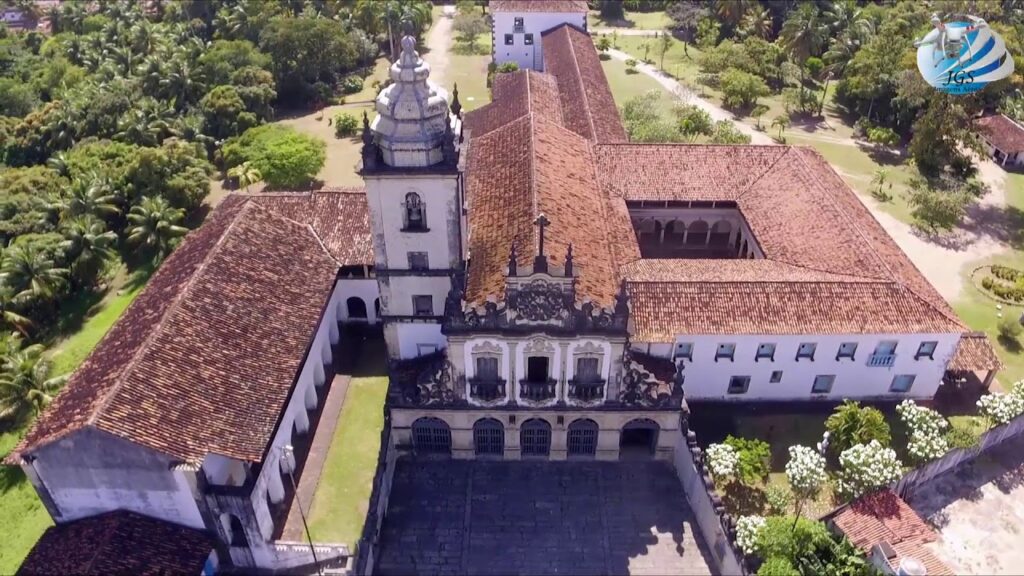
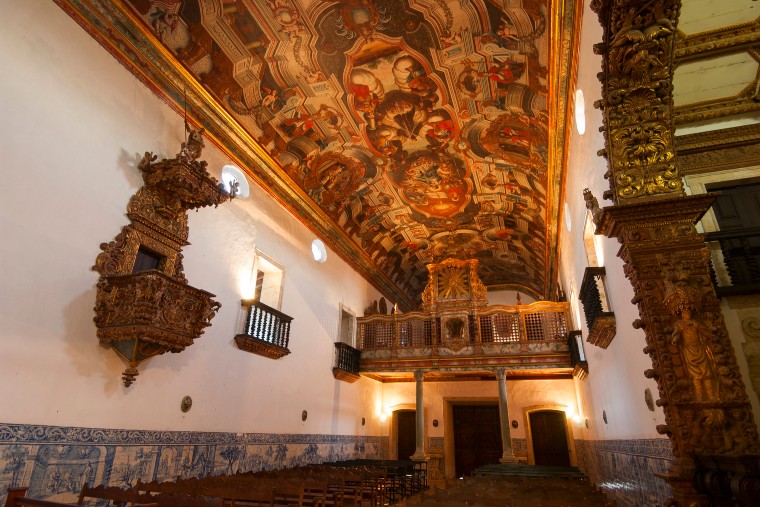

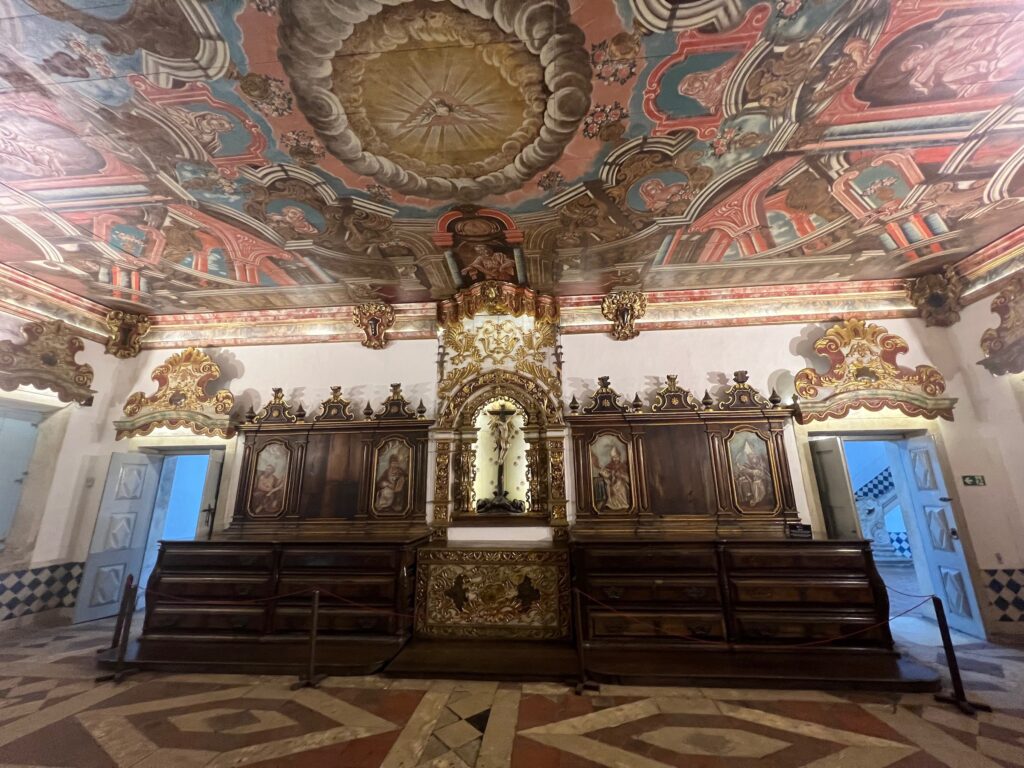
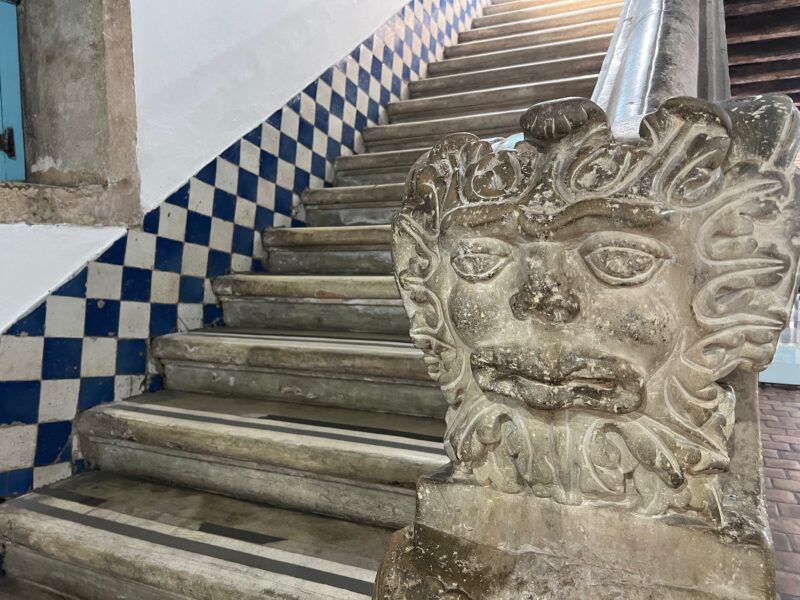
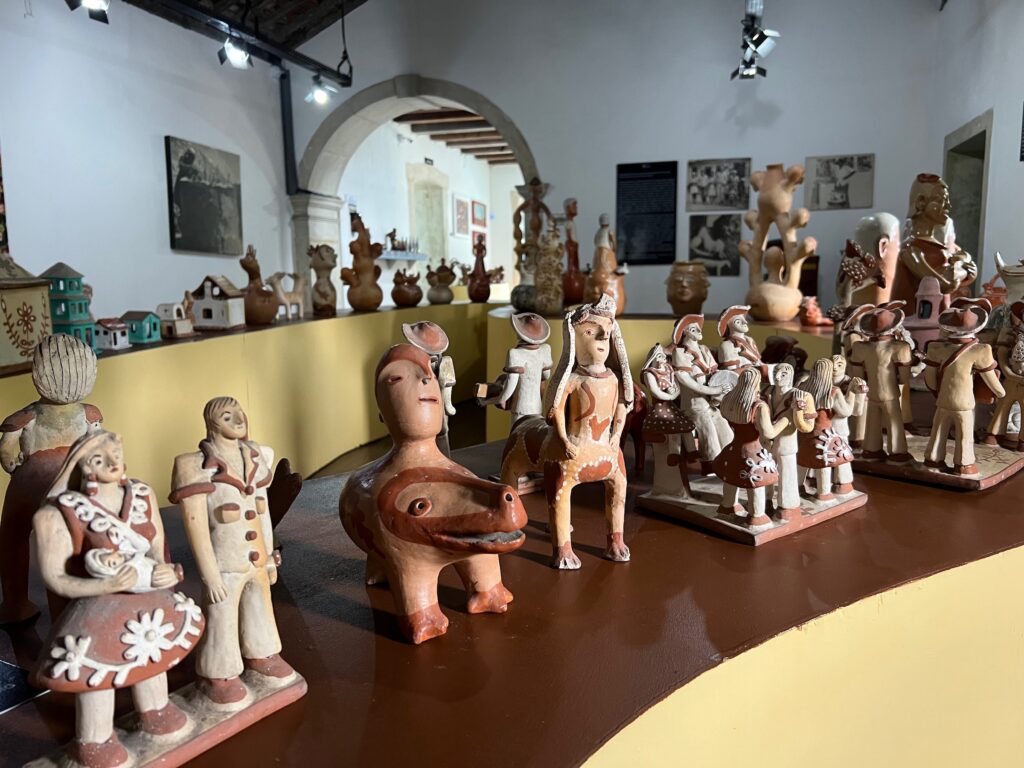
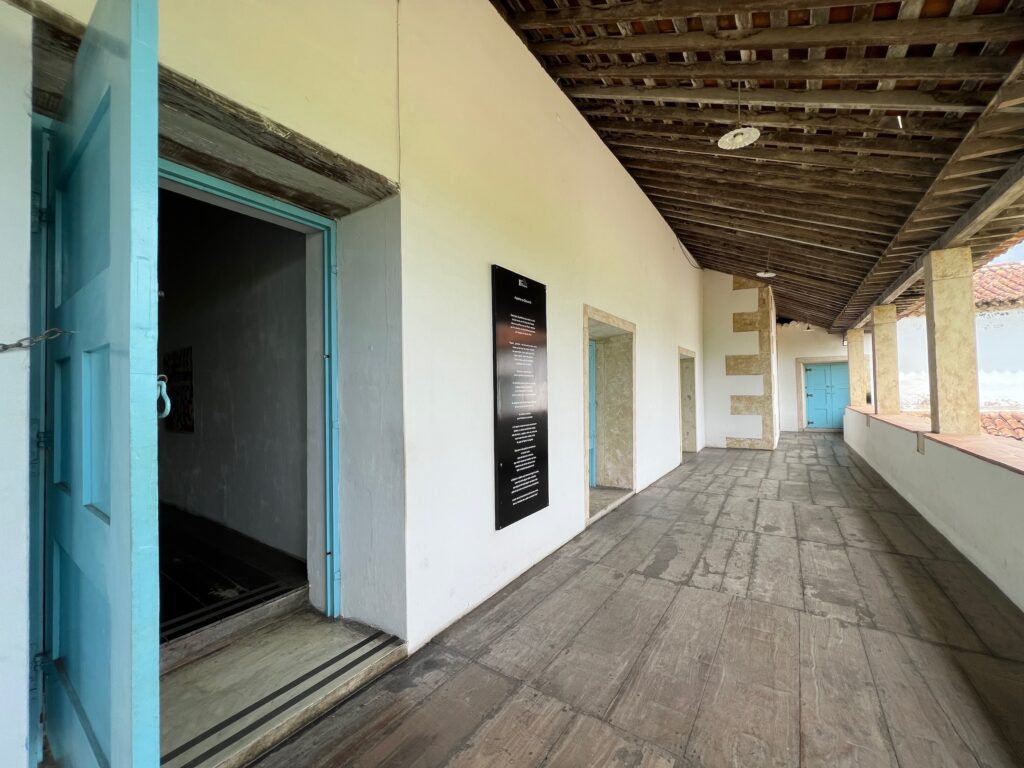
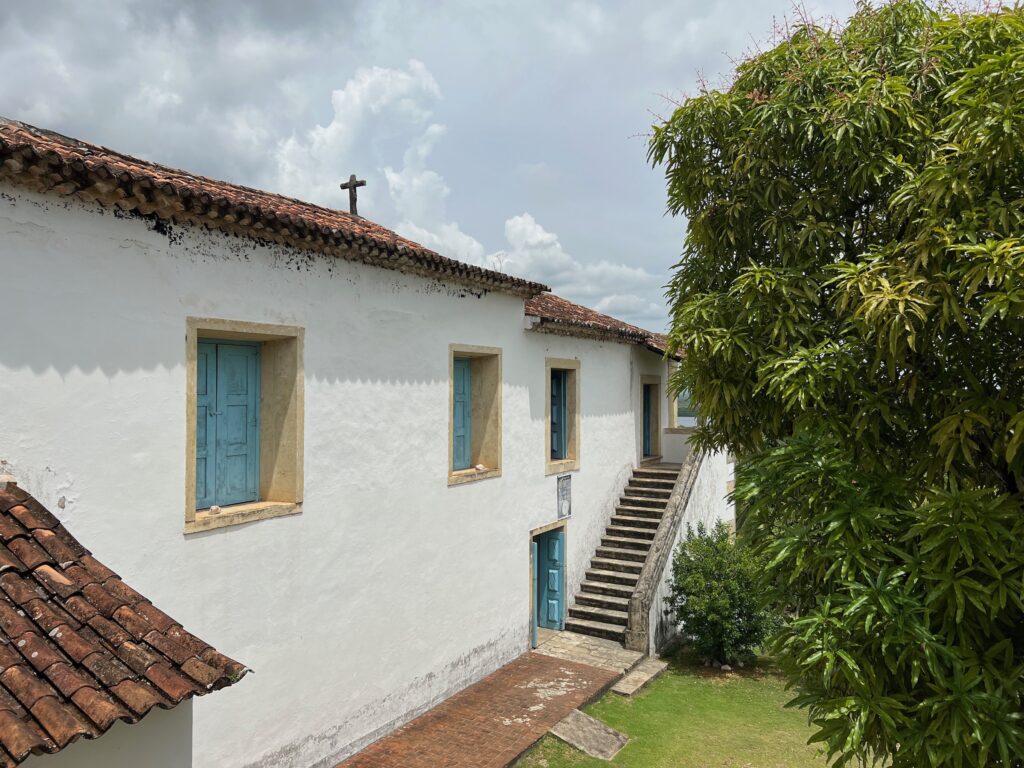
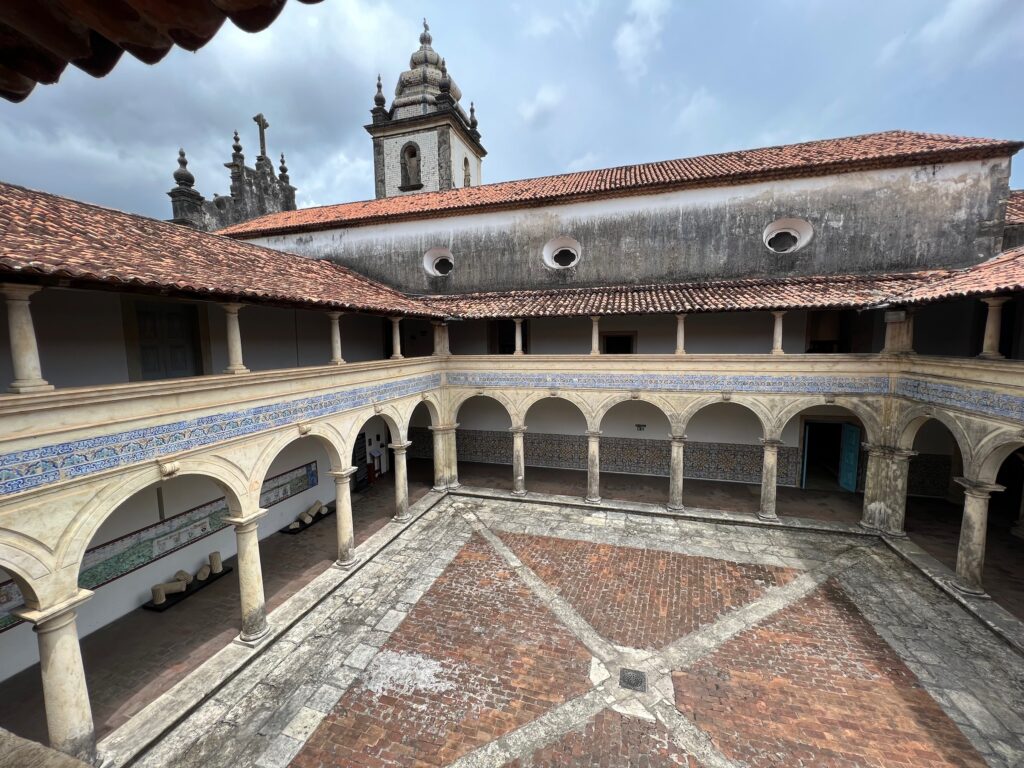
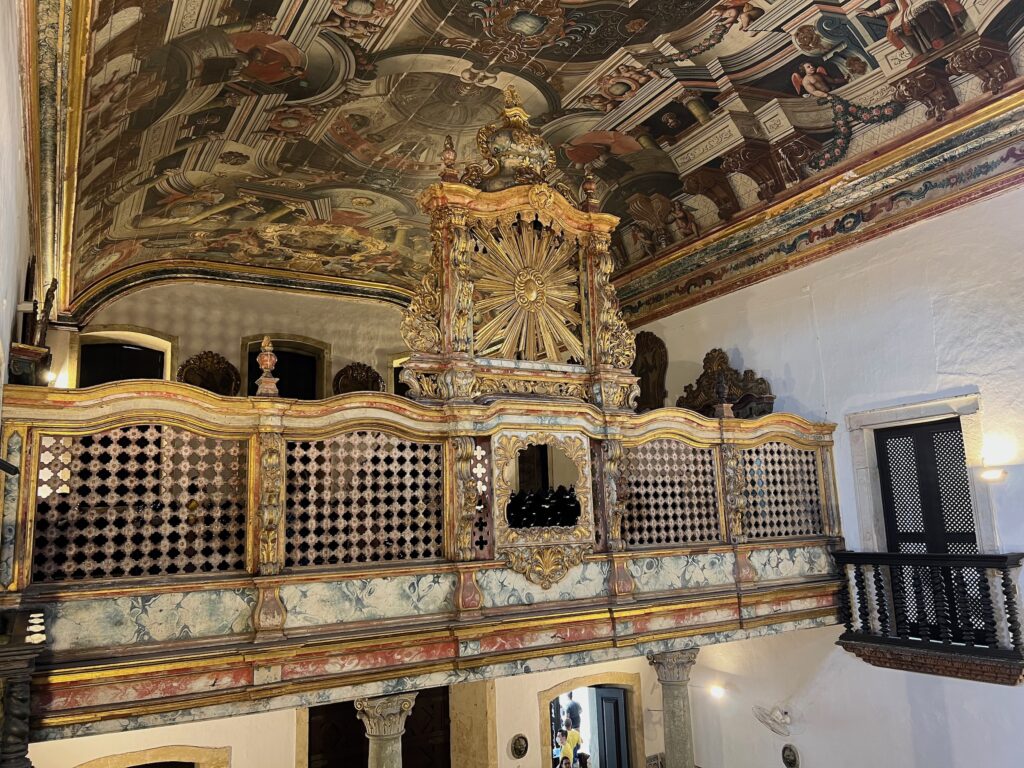
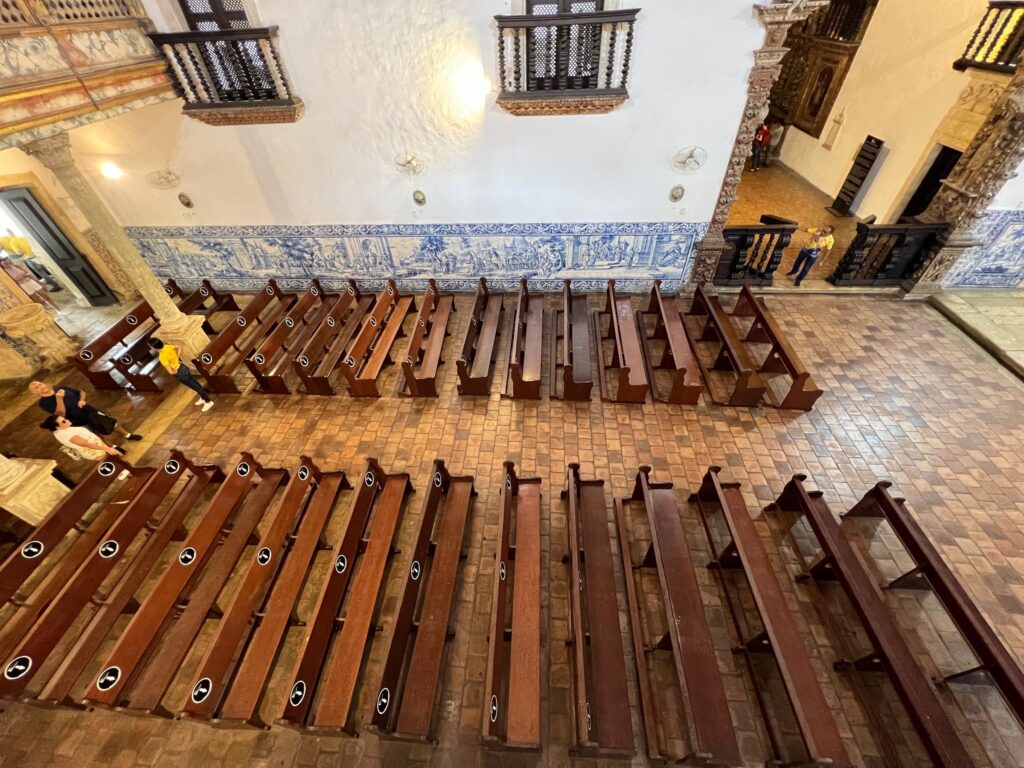
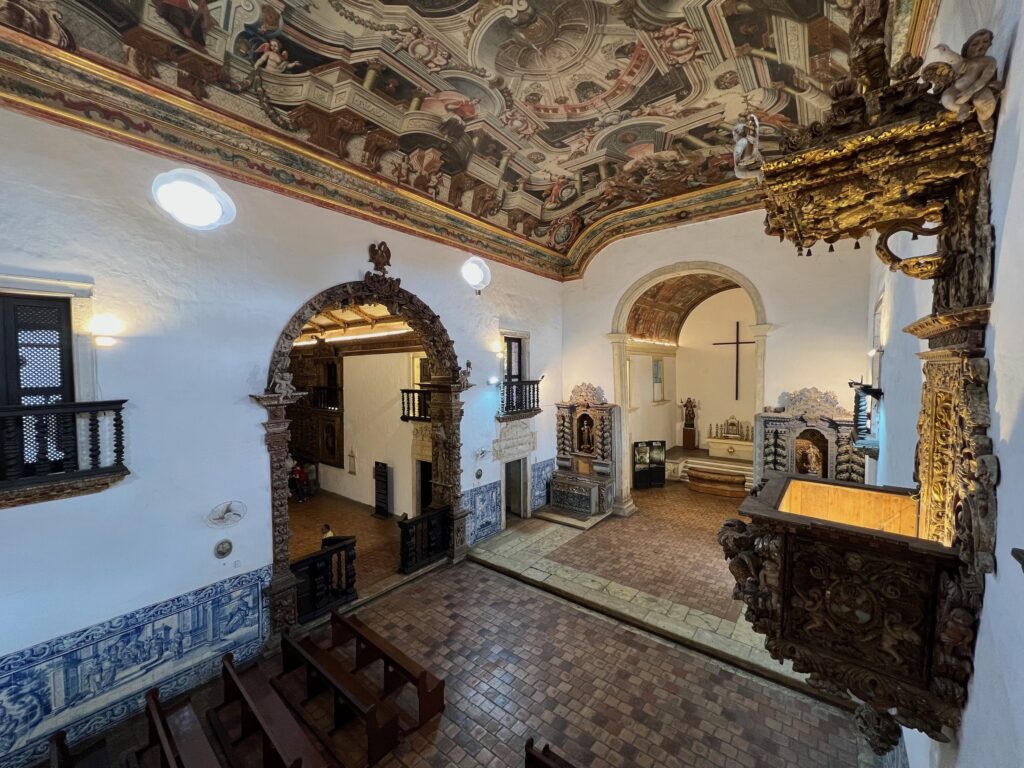
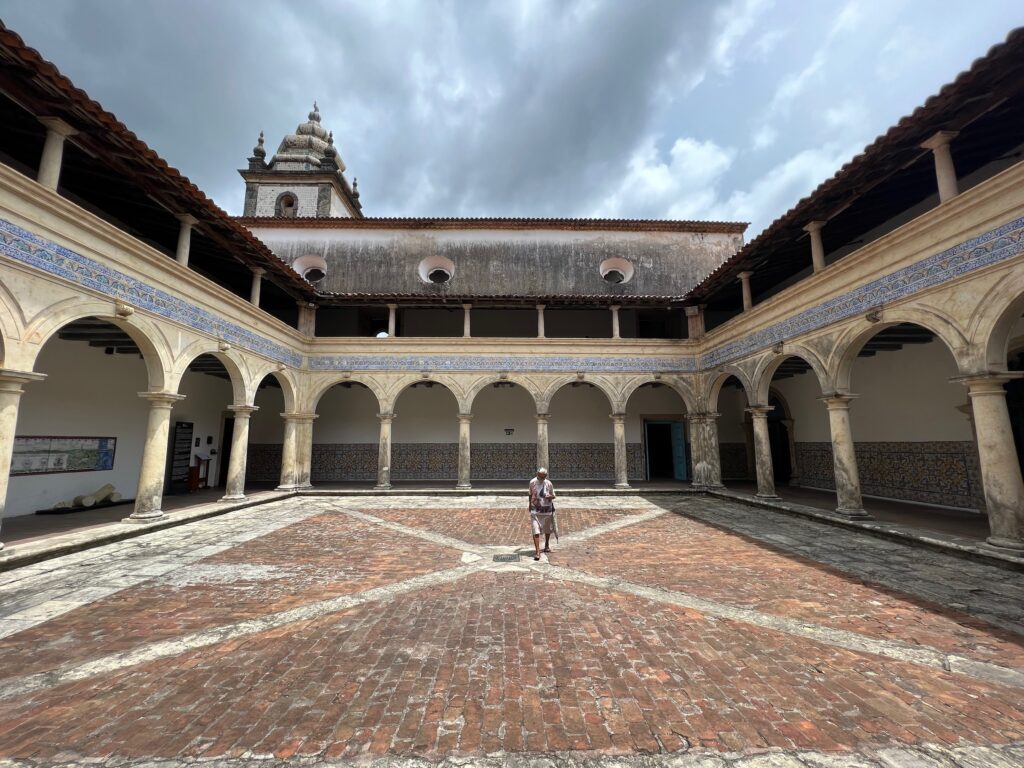
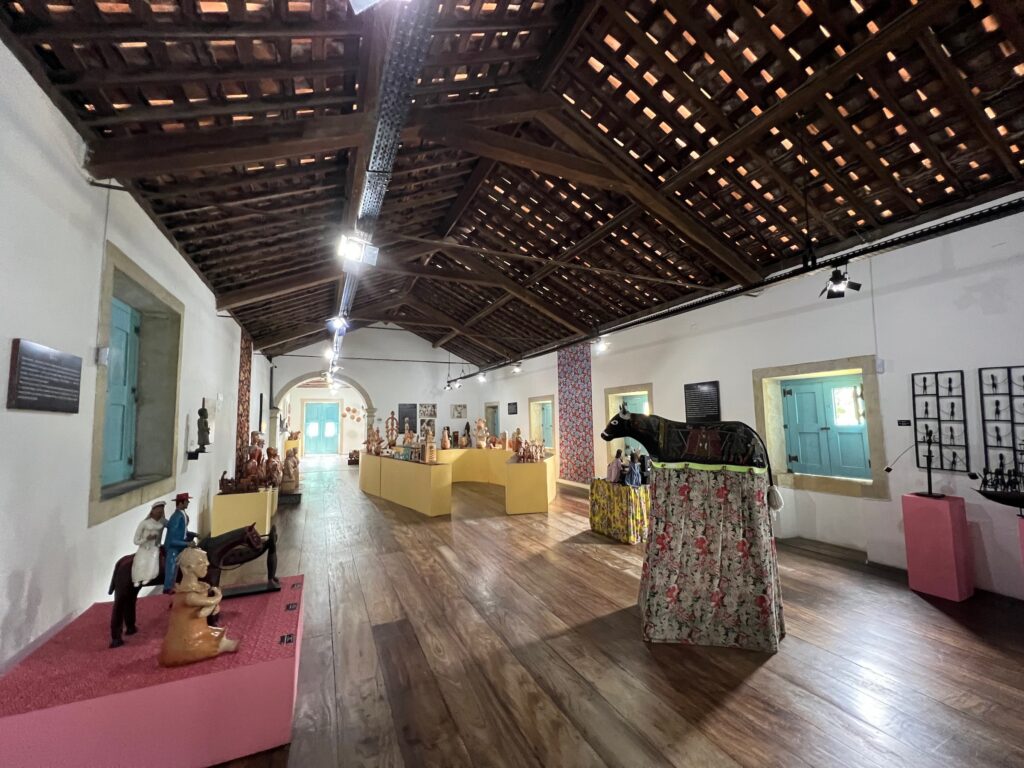
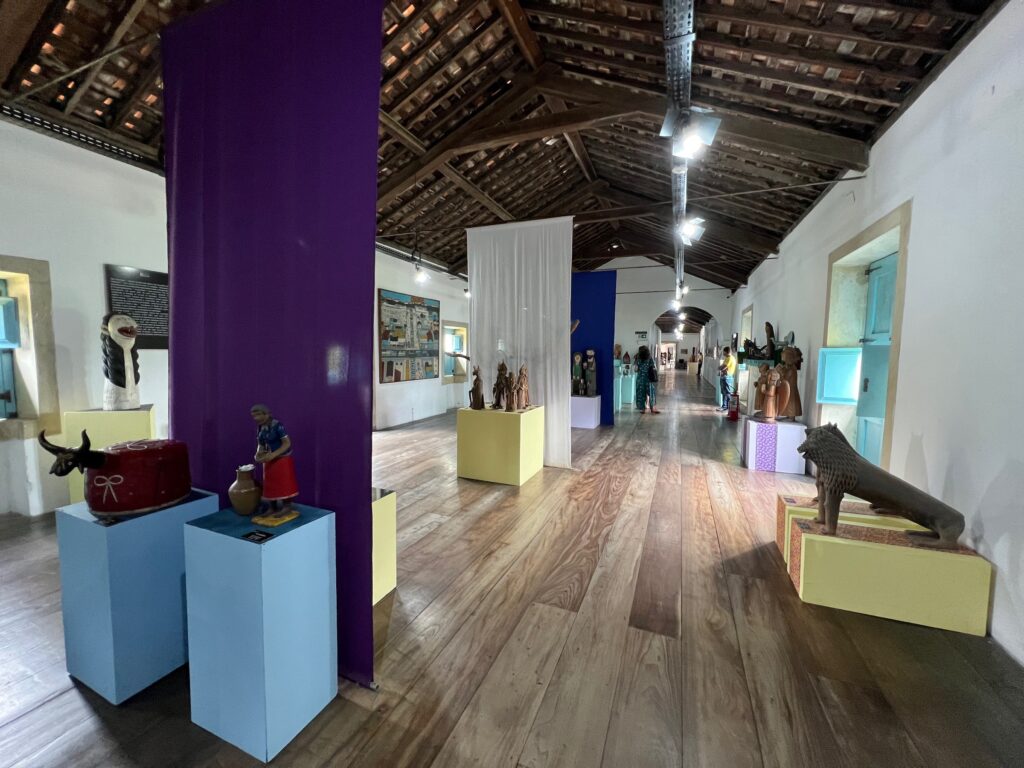
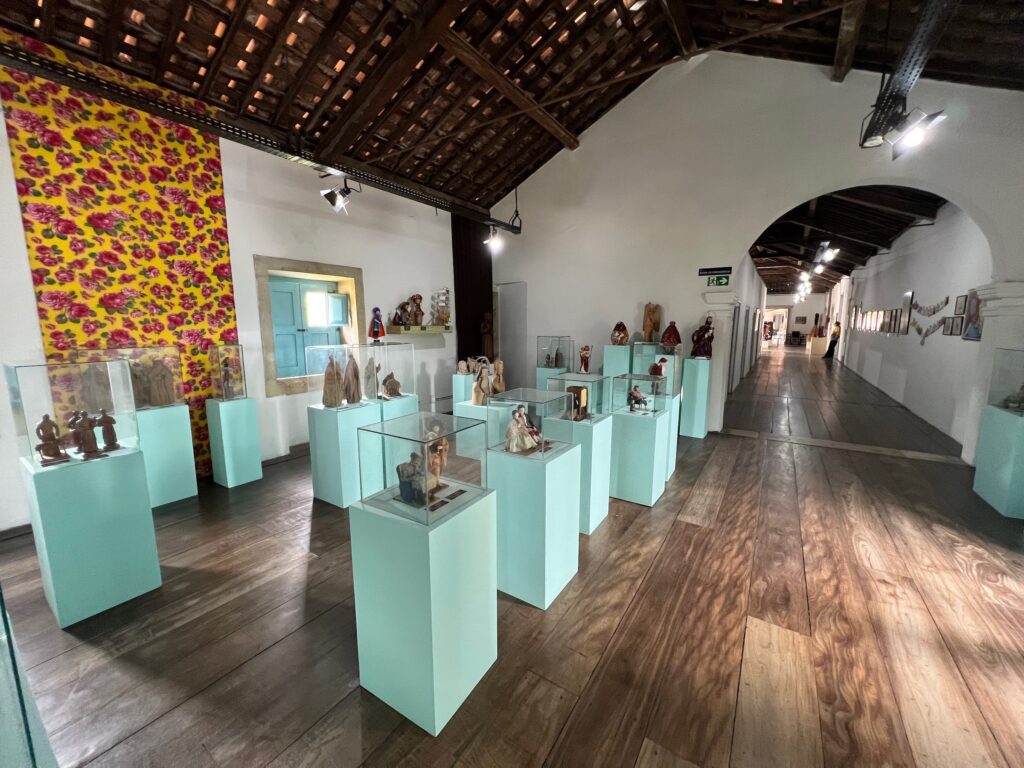
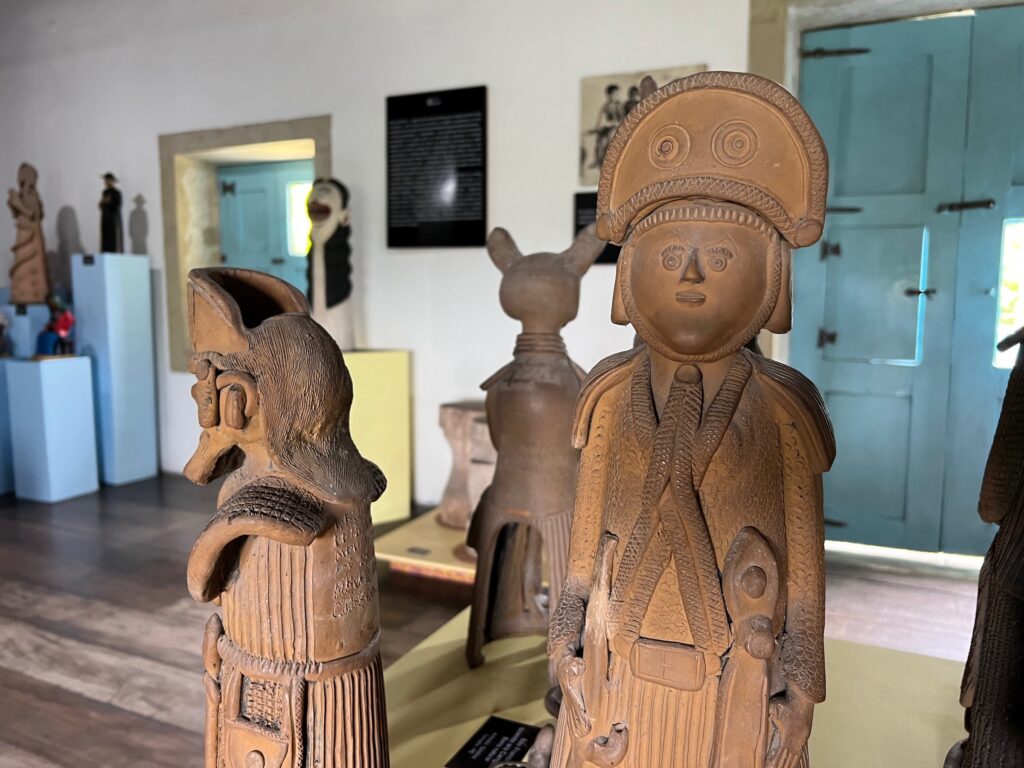
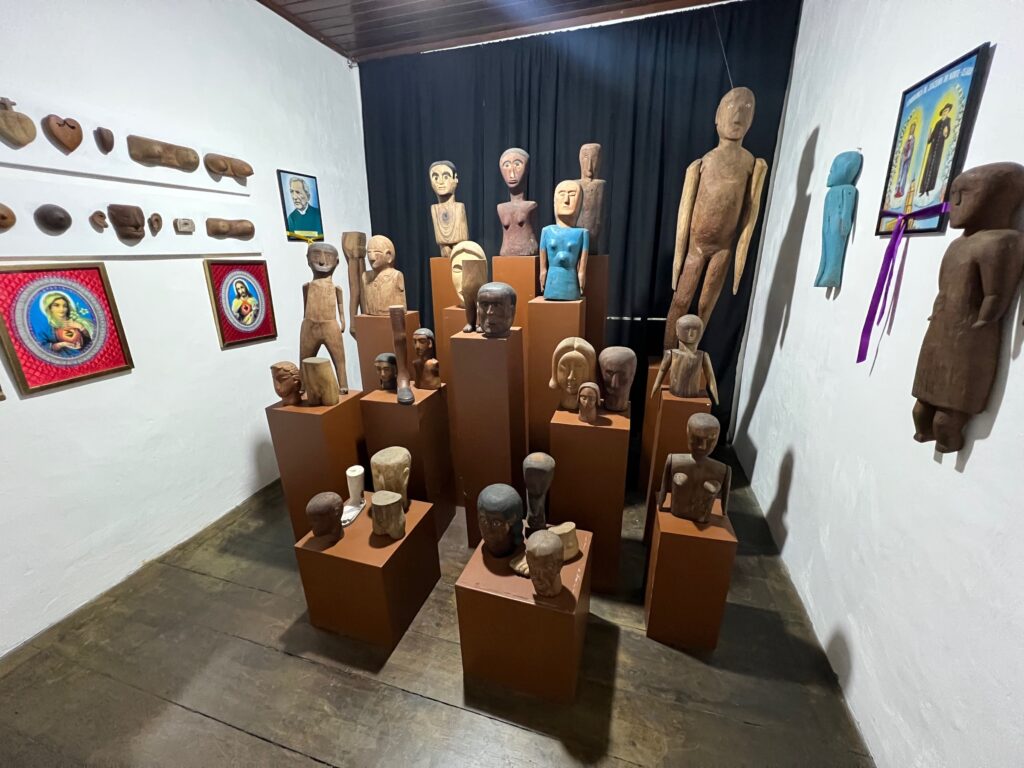
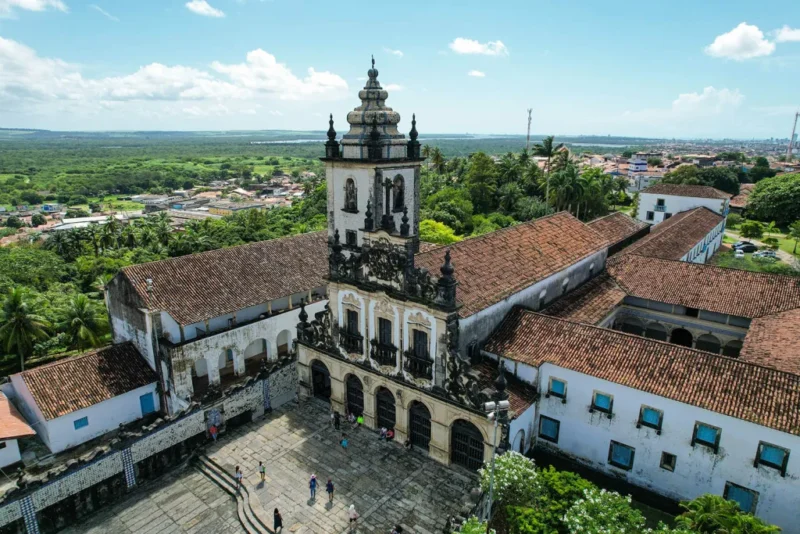

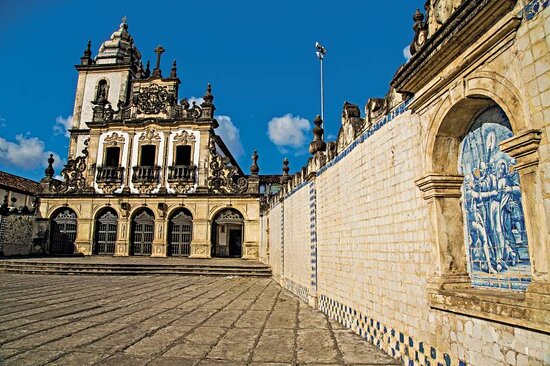
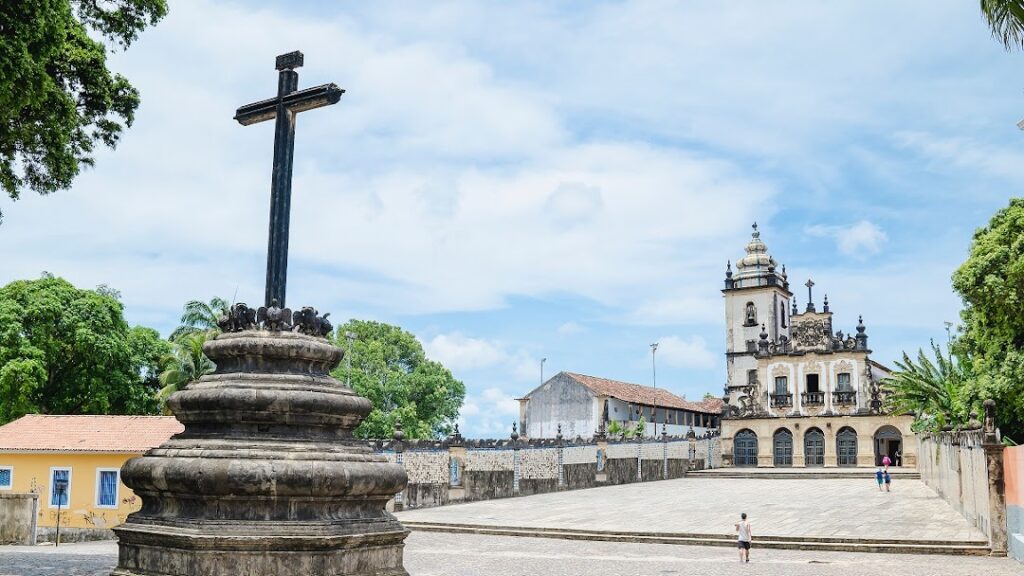
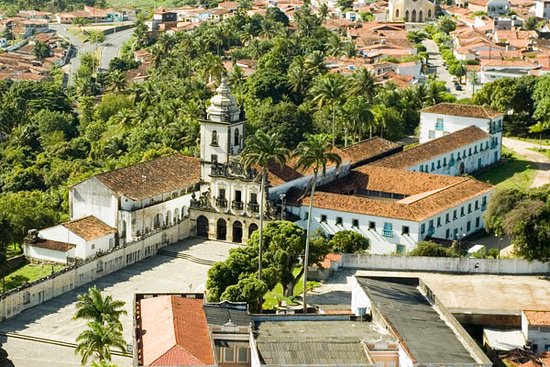
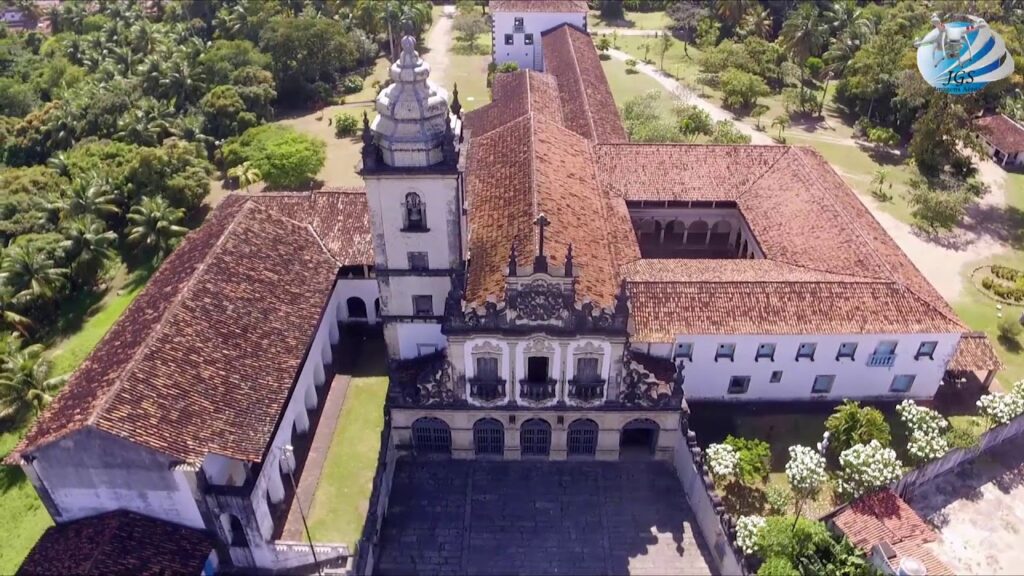
Map of Paraíba from 1662 – Excellent map of the Brazilian coast, including the captaincies of Paraíba and Rio Grande. The map was drawn after real research by Georg Markgraf, Elias Herckmanns and others and was one of the first maps of Brazil based on non-Portuguese data. The map is richly engraved with a huge scene of a procession of Tupinambás Indians carrying a Dutch flag, part of a sugar mill and three major naval battles depicted at sea. It is also decorated with coats of arms, a compass rose and a title cartouche in stripes. The series of maps of the captaincies of Brazil is unlike any other map in Blaeu’s atlases. Blaeu first published these and the supplementary maps for Gaspar Barleus’ Rerum per octennium in Brasília in 1647. They were also assembled into a large wall map, Brasília qua parte paret Belgis; the places where the sheets overlap are marked by faint lines on the left. The maps then appeared in the Atlas Maior of 1662. “Praefecturae de Paraiba, et Rio Grande”, Blaeu, Johannes
The historical charm of the São Francisco Cultural Centre
In the heart of João Pessoa, the São Francisco Cultural Centre enchants visitors with its Baroque beauty and a history that spans centuries. It all began in 1589, when the Franciscans arrived in Paraíba at the invitation of Governor Frutuoso Barbosa with a mission: to spread faith, build hope – and a monastery.
Among them was Friar Melchior de Santa Catarina, who had experience of founding convents in other Brazilian cities. He was soon joined by Antônio do Campo Maior and other religious. By 1591, a simple residence had been built to accommodate the franciscans and their cults. There the Franciscans began a journey of catechesis, welcoming and assisting the settlers and indigenous peoples.
But the work faced obstacles. In 1599 it was interrupted by conflicts with the governor, Feliciano Coelho de Carvalho. But the Brothers persevered and continued their mission.
During the Dutch Invasion (1634-1654) the convent was taken over and became the headquarters of the invaders. After the Portuguese retook the monastery, the Franciscans returned to occupy the place. Under the leadership of Friar Manuel dos Martírios, construction gathered pace and continued for more than 120 years.
The magnificent façade that impresses tourists and scholars today was completed in 1779. And it’s not just the façade: Portuguese tiles, gilded carvings, religious paintings and the silence of the cloister tell stories of faith, art and resistance.
Today, the complex houses the São Francisco Cultural Centre, one of Brazil’s most important Baroque heritage sites. It’s a real step back in time – and an essential stop if you want to feel the historical soul of João Pessoa.
Functions and Cultural Importance
The monastery served as
- House of spiritual exercises
- Cemetery of the illustrious
- Hostel for immigrants
- Diocesan Seminary
- College
There is also the legend of a secret passage to Cabedelo, supposedly built by the Dutch, although this has never been proven.
In 1894 the building was used as a military hospital and a seamen’s school, and was later taken over by the Church.
Since 1979 it has functioned as a Museum of Sacred Art with baroque, modern and popular works, and is a important tourist attraction and traditional venue for weddings in the chapel of the Third Order of St Francis..
São Francisco Cultural Centre
- Listed by IPHAN since 1938.
- Described by Mário de Andrade as the most beautiful and original building in the Northeast of Bahia.
- It is considered the largest baroque complex in Paraíba.
- The guided tour (about 40 minutes) begins in the Cloister (completed in 1730), passing the Church of St Anthony, with one of the most beautiful pulpits in the world (according to UNESCO), and the Chapel of the Third Order, richly decorated with gold.
- On the ceiling is the Baroque illusionist painting, the Glorification of the Franciscan Saints.
- The sacristy conserves 18th century tiles, flooring and furniture.
The fascinating story of João Pessoa: A journey through time
João Pessoa is the third oldest city in Brazil, and its foundation was the starting point for the colonisation of Paraíba.
Originally called Nossa Senhora das Neves, the city was named after a peace treaty between the Indians, led by Piragibe, and the Portuguese, represented by João Tavares, signed on 5 August 1585, the day dedicated to the patron saint.
The conquest of the territory of the then Captaincy of Parayba and the founding of the city were fundamental to the Portuguese colonial expansion to the north, reaching the present states of Rio Grande do Norte, Ceará, Maranhão and Pará.
Evolution of the name of the city of João Pessoa
Throughout history, the city has been known by different names:
-
Filipéia de Nossa Senhora das Neves: during the Spanish rule, in honour of King Philip II..
-
Frederickstadt (Frederica): named by the Dutch in honour of Prince Frederick Henry of Orange.
-
Parahyba and then Parayba do Norte: name kept until 1930, when it was renamed João Pessoa in honour of the president assassinated in Recife.
Foundation and town planning
The city began its construction on a high hill, with a strategic view to defend against attacks and to control the entry of ships via the Sanhauá River. Its proximity to the river was also essential for the transport of goods.
The first buildings appeared on what is now Rua General Osório, formerly Rua Nova, where the jail, the butcher’s shop, the city hall and the first churches were built. On the banks of the Sanhauá, in the lower part, warehouses were built.
The city reflected a mix of cultures: Indian, Portuguese, Spanish and Dutch all contributed to the formation of the cultural and architectural heritage of the old Cidade Alta, the nucleus of the present Historic Centre.
Urban division: Upper and Lower Town
-
Lower Town: occupied by trade, dominated by the Portuguese, with wholesale and retail shops.
-
Upper Town: A place of religious and political exaltation, with churches, convents, palaces and prominent buildings contrasting with the simple houses on the hillsides.
The urban cross shape emphasised the six main streets and their churches. At the top is the Franciscan Convent to the north, the Misericórdia Church to the south, the Benedictines to the east and the Carmelites to the west.
This post is also on:
![]() Português
Português ![]() English
English ![]() Deutsch
Deutsch ![]() Español
Español ![]() Français
Français




















